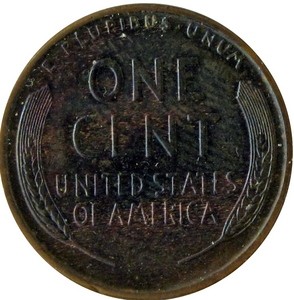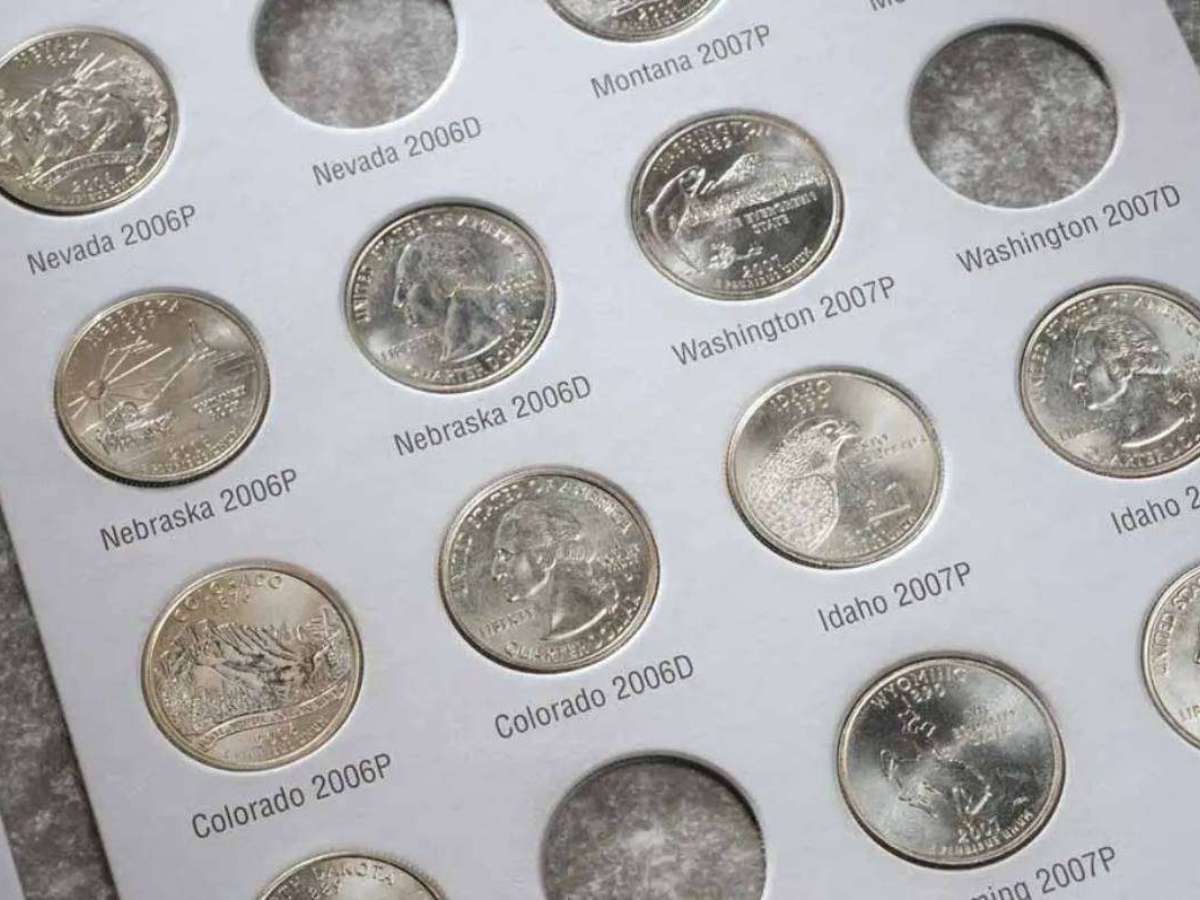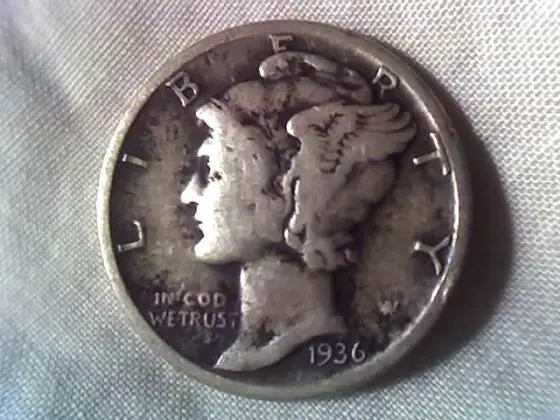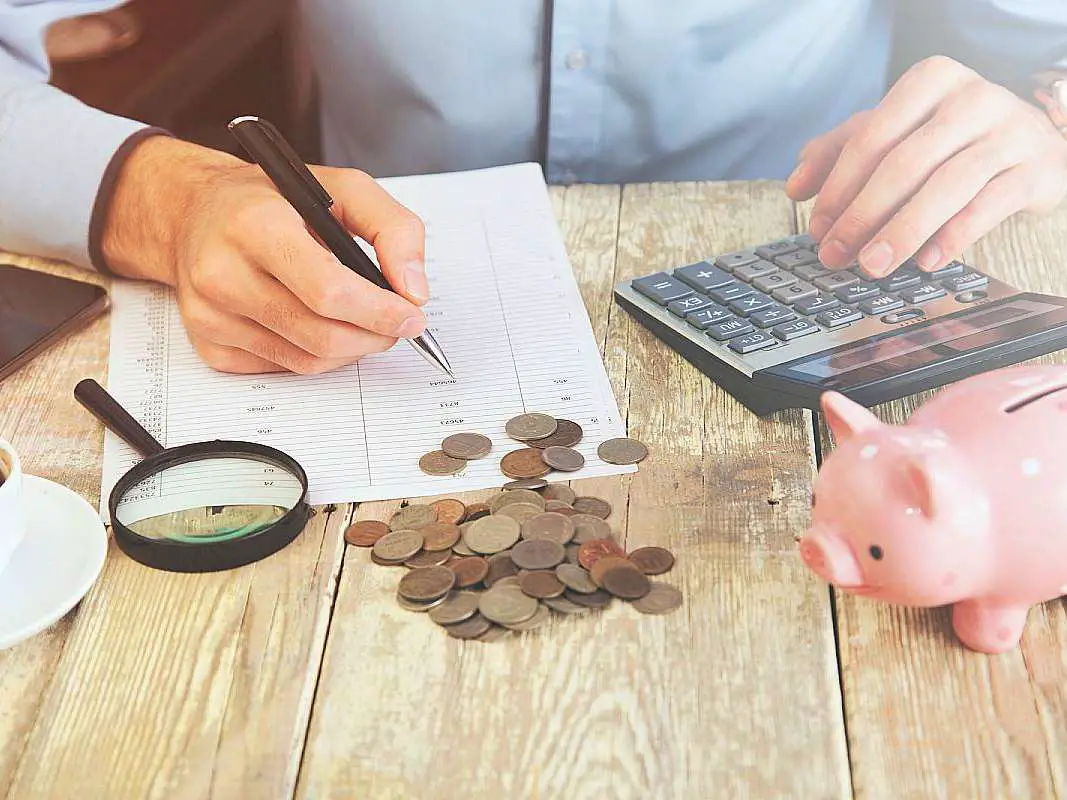 First struck in 1909, tens of billions of Lincoln pennies have made their way to pockets, purses, and piggy banks all across the land.
First struck in 1909, tens of billions of Lincoln pennies have made their way to pockets, purses, and piggy banks all across the land.
Because Lincoln cents are so numerous and also very inexpensive (after all, their face value is only one cent!), they have become one of the most widely collected United States coins ever made.
In fact, it’s perfectly safe to say that Lincoln cents are the most popular collectible coin.
Some of the allure of collecting Lincoln pennies is searching through loose pocket change for them.
Believe it or not, finding old Lincoln cents in circulation is still possible. It just takes a little searching.
Let’s look at some of the old Lincoln pennies just waiting to be found in your spare change.
Finding Old Pennies
There are plenty of old Lincoln pennies in circulation.
You just have to know where to look.
Old coins (for the sake of this article, we’ll consider old coins to be those made before the 1960s) turn up in all sorts of situations.
However, searching penny rolls often yields the most old coin finds.
So, what types of old Lincoln pennies can you expect to find in circulation?
Let’s look at the old Lincoln pennies that you have a good shot of finding in pocket change…
Steel Pennies
Yes, these are probably among the hardest of the ‘common’ Lincoln cents to find, but they still do exist in circulation.
1943 steel pennies (often mistakenly referred to as silver pennies) were made to save copper for the war effort. With over 1 billion made, 1943 steel cents are very common. However, their novelty as light-colored pennies make these coins extremely popular among coin collectors and non-collectors alike.
1943 steel cents are worth around 10 cents to $1 in circulated grades. Rusty steel cents really aren’t worth much more than face value but still are fun trophies to pull from circulation.
Pre-1934 Lincoln Cents
Most old Lincoln cents you’ll find are those dating from about the mid 1930s and beyond. However, pre-1934 Lincoln wheat cents are especially fun and challenging to find.
What makes Lincoln cents from before 1934 a little more difficult to find? Lower overall mintages have something to do with it.
Also, it was in 1934 that Lincoln penny collecting first became popular, thanks to the invention of the penny board.
Earlier Lincoln cents weren’t saved in as large a number as Lincoln cents made since the time that collecting Lincoln pennies became popular.
Overall, any pre-1934 Lincoln cent is worth 10 cents to $1, even in circulated grades. Some of the semi-key Lincoln cents, virtually all of which date before 1934, are generally worth at least $3 to $5 and up.
1934 to 1958 Lincoln Wheat Cents
Do you want to lay a bet on which old Lincoln cents will most likely turn up in your pocket change? Try Lincoln cents dating from around 1934 to 1958.
These are the most-common Lincoln cents. Most dates made since the mid 1930s were struck in numbers topping 100 million or more. Several dates from the 1940s and 1950s top 1 billion (yes, that’s billion with a b).
Overall, Lincoln cents made since around 1934 are worth generally much less than their earlier counterparts. In fact, the typical coin dealer would probably offer only 2 to 3 cents for any Lincoln cent dated from the mid 1930s or after.
There are, as always, a few exceptions — such as the 1955 doubled-die penny; this mint error easily pulls in $1,000 to $2,000.
For the most part, though, don’t set out collecting later Lincoln wheat cents for the money. Do it for the fun of finding and collecting obsolete Lincoln pennies and filling coin folders, such as the ever-popular 1941 to 1974 Lincoln cent folder from Whitman.
Rare Lincoln Pennies
Yes, believe it or not, there actually are highly rare sightings of rare Lincoln cents in circulation. Check out this list of the rare Lincoln pennies:
Now, don’t expect to find one of these coins sitting in your pocket tomorrow, but there are people who have found these rare Lincoln pennies in the last several years.
Often, when these rare Lincoln pennies show up in circulation, they’re in pretty bad shape. However, they’re still rare birds that are truly worth a pretty penny.
The 1959 Lincoln Memorial Penny
Yes, the first of the long-running Lincoln Memorial pennies was made in the late 1950s. While considered by numismatists to be a common coin (and it’s only worth face value to collectors), this date is getting relatively hard to find in circulation in recent years.
Try finding one. It may take you some searching. If you do find one, why not hold it aside. The 1959 Lincoln Memorial cent heralds the beginning of a 50-year-long coin design that lasted up through 2008 and became one of the world’s most-recognizable coins.
Here’s a video I made showing some of the most valuable old pennies:




